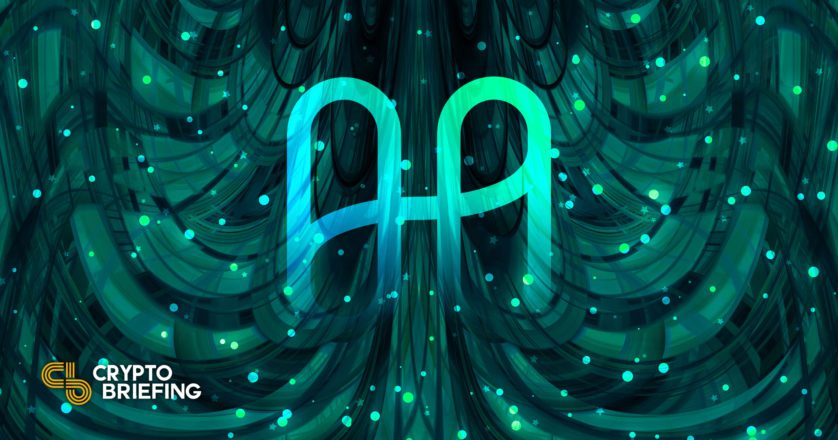After Losing $100M, Harmony Wants to Inflate Away Its Problems
Harmony Protocol has proposed a plan to run a hardfork and issue more ONE tokens to reimburse users impacted by the recent $100 million exploit on its Horizon bridge. However, the community is furious about it.

Key Takeaways
- Harmony has proposed a reimbursement plan to compensate the victims of the recent $100 million Horizon bridge exploit by inflating the ONE supply.
- Specifically, it has suggested initiating a hardfork to mint new ONE tokens that would be used to compensate victims.
- Many community members have pushed back at the proposal, taking issue with the team's "take it or leave it" approach.
Share this article
Weeks after an attacker was able to steal approximately $100 million from Harmony Protocol’s cross-chain bridge, the Layer 1 project has shared a controversial proposal to reimburse affected users.
Harmony Makes Reimbursement Proposal
Harmony Protocol has shared a reimbursement proposal to compensate users affected by its $100 million exploit in June, but the community isn’t happy with it.
According to the reimbursement plan submitted to the network’s governance forum early Wednesday, the Harmony team has proposed a hardfork to mint more ONE tokens that would be used to compensate users affected by the recent exploit on its cross-chain bridge. “The Harmony team has worked tirelessly to brainstorm and develop paths towards reimbursing those who were impacted by the recent hack of the Horizon bridge,” reads the governance proposal, giving users two options to vote for.
The first option proposes a 100% reimbursement by minting 4.97 billion ONE tokens, roughly enough to make all affected users whole based on ONE’s current $0.20 market price. The second option suggests only a partial reimbursement by minting 69 million ONE tokens, which would cover about half of the victim’s total losses at the token’s current price. Both choices suggest gradually minting the new tokens over three years to prevent inflating the supply of ONE too quickly. Expanding on why it opted for this solution, the Harmony team said:
“We decided against using the foundation treasury in the interest of the longevity and wellbeing of the project as reimbursing from the treasury would greatly hinder the foundation’s ability to support the growth of Harmony and its ecosystem. Harmony foundation is committed to continue supporting Harmony for years to come and plans to reserve the foundation tokens to facilitate this.”
However, the proposal has received overwhelming pushback from the Harmony community. One of the most upvoted comments in the thread exclaimed “DO NOT MINT MORE!” and argued that inflating the ONE supply would “screw those who are staking.” Another user complained that they had waited “2 weeks for this shitty proposal & no repeg,” adding that a hardfork would kill the chain’s already “small chance” of survival.
Much of the resentment appears to center on Harmony’s plan to protect its treasury while asking token holders to bear the brunt of the hack under the premise of needing funds to develop the project. Some community members also didn’t seem to like Harmony’s “take it or leave it” approach. “In the event of failure to obtain required validator participation, we will resort to “no reimbursement,” the team said in the proposal. “How should I look at this statement? A threat?” one person replied.
Harmony’s cross-chain Horizon bridge was exploited for approximately $100 million on June 24 after a hacker reportedly gained access to the bulk of the private keys controlling Harmony’s multi-signature wallet (Harmony did not confirm how the incident occurred). The project initiated a “global manhunt” following the incident, alerting exchanges, law enforcement agencies, and blockchain analysis companies. It also offered the hacker a $10 million bounty to return the stolen funds. Despite all of its efforts, the project has failed to identify the hacker or recover the stolen funds.
Disclosure: At the time of writing, the author of this article owned ETH and several other cryptocurrencies.
